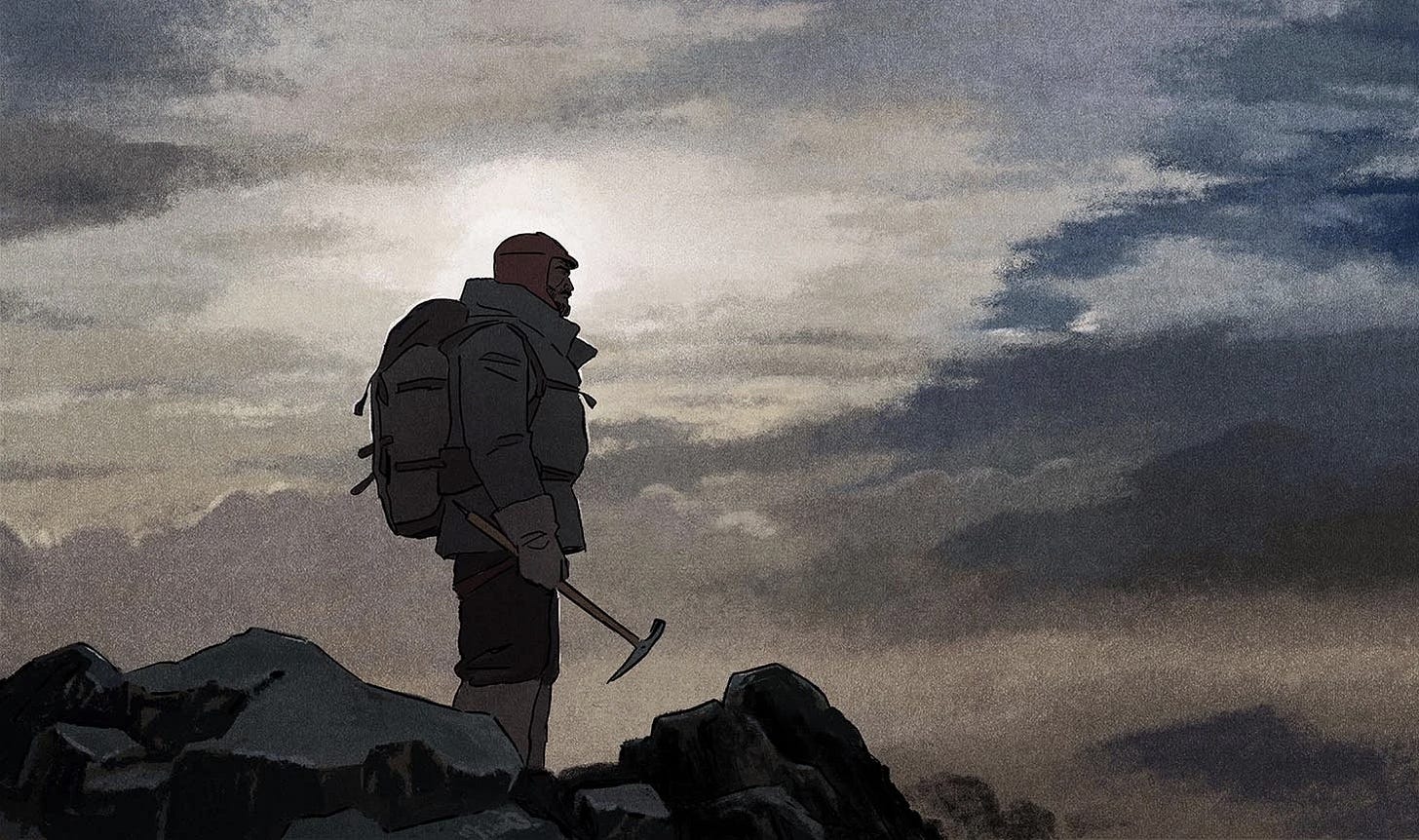As anyone who knows me, I am an absolute sucker for anything animated (check out the previous SubSchnacks I wrote: Sk8 the Infinity, Little Witch Academia, The House, Encanto, and Given to name some tasty morsels) and will gladly watch it whether or not the story is all there.
Which is not oft the case hoo hoo. A lot of thought goes into animation because of how long the production pipeline takes and before anything can happen, the story has to be written and approved before it is sent off anywhere.
Massive props to animators and writers behind-the-scenes who get the short end of the stick, if that and that even the Oscars turned their nose up at and Phil Lord had to dignify with a response:
Animation is more than just something to quell a rowdy toddler (and even then it does parents a huge favor). There is depth and nuance and compelling storytelling that just wouldn’t fly in a live-action piece and the next wave of animated movies and TV is dispelling the misleading narrative of being something that is “just” for kids.
The Summit of The Gods is one of them.
Would I classify this as for children?
No, absolutely not. There is no gore, no violence. IMDb gives it a PG rating for “thematic content, peril, some language, unsettling images and smoking.”
It’s thematically impressive and questions our life’s meaning on earth, but because it doesn’t slap you in the face with lewd humor or violent satire, it hangs in that weird limbo of space that many Americans would only consider as YA animation.
It’s not “adult” enough according to what airs on cable, but it definitely does not feature the trademark lightness and silliness that we tape onto anything that is for children.
So where does that leave this animated movie about a journalist trying to find the camera of the first people to have possibly summited Everest?
I have an idea.
And you may not like that idea.
But it leaves us a damn good movie. Animated or not, the medium doesn’t define something’s worth because Michelangelo’s David is as beautiful as Van Gogh’s Starry Night.
I’ll bring my fragile violinist’s hands to this fight and you’ll definitely whoop my ass but you’ll fucking feel bad doing it.
Animation
Made in conjunction with French animation studios Julianne Films, Folivari, and Melusine Productions, Patrick Imbert’s The Summit of The Gods was originally released at Cannes Film Festival on 10 July 2021.
Like, what even was this movie about? At times it felt like a documentary, others a narrative, sometimes a biopic as we closely follow Fukamachi (Damien Boisseau) and Habu’s (Eric Herson-Macarel) intertwining journeys in trying to document the latter’s ascent.
With everything circling back to Everest and its insurmountable peak (which, yes has been summited 29 May 1953 and countless other times in other ways. But the 1950s? We were still figuring out segregation and they were climbing literal god-born landscapes that kills more people doing absolutely nothing).
The animation is stunning. Japan is known for its fluid animation and the epic fight scenes we’ve come to be inspired by but France is no stranger to the game, and they’ve tossed their hat into the ring and are demanding a piece of the pie because they make some solid animated films (though you might not have heard of them, they do exist!)
The climbing gear is accurate, which is a small detail that would be easy to overlook, yet is important for climbing enthusiasts and to not have unnecessary anachronisms poking holes in the plot. If you loved Nat Geo’s Free Solo, then this is another great outdoors adventure to add to your to-watch list.
This movie in particular has stunning visuals and the music adds to that atmosphere of trying to conquer something that by all rights and by all humanly means shouldn’t be conquered. The stunning imagery pairs with the emotional score and elevates what could be a simple Call of The Wild journey into an emotional and human test of character.
Why Do We Do Anything?
At the end, Fukamachi reads a letter left to him by Habu that asks him why he feels the need to photograph climbers on Everest. He tries to explain his obsession with mastering the ridged 29,032 foot beast, but assumes that with how far Fukamachi went in search of the missing Mallory camera (going so far as to follow Habu up the mountain), he, too, knows that obsession.
Which drops the question: why do we do anything?
What motivates us to get out of bed and to continue on with our lives? What force drives us to go and exist when there is no playbook for life and there is no real reason to anything?
The funny thing is…they don’t answer this.
Among the many adult themes of guilt, failure, and interpersonal relationships, the final theme that was the steam engine driving through the story was this obsession with Everest and the whimsical idea of motivation.
Fukamachi is desperate to know if someone climbed Everest before 1953. Habu is desperate to climb the South face in winter.
It’s dangerous and life-threatening but they climb on. The wind whips around them, the cold turns them incoherent, the lack of oxygen burns their lungs.
But for them, in this moment— doing what has thought to be impossible as mere men— this is what it feels to be alive. The thrill of doing what hasn’t been done, of creating their legacy, but most of all just climbing as their passion, is what drives them.
I’m not saying to go out and go sky diving for the hell of it. Or fight a kangaroo or shoot up cocaine.
But what do you do that makes you feel alive? What makes you feel like you could conquer your own Everest?
And that’s how this movie ends. Because they can’t answer that for you.













